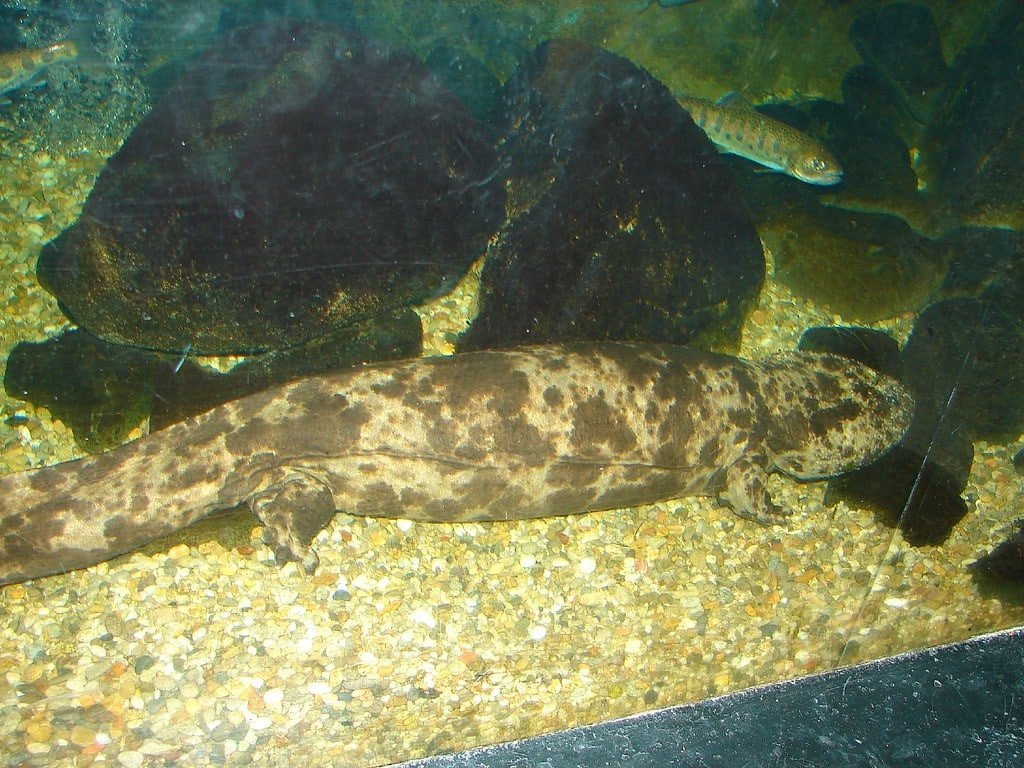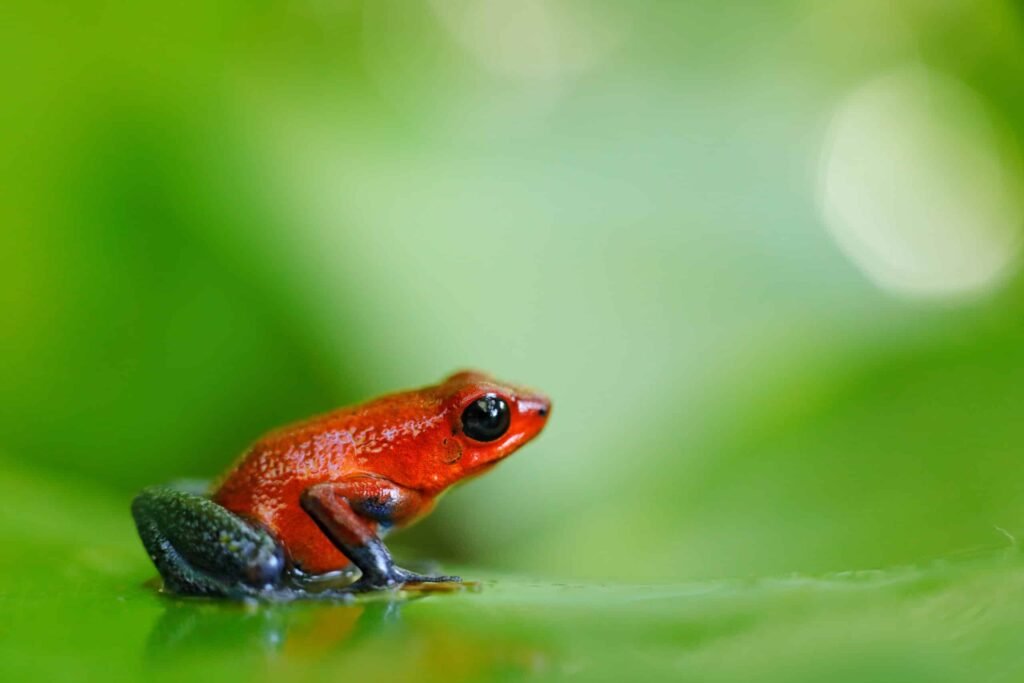Amphibians are fascinating creatures that provide a window into the evolutionary adaptation to life in diverse habitats. From their ancient origins to their present-day varieties, amphibians showcase remarkable versatility, bridging the gap between aquatic and terrestrial ecosystems. This article delves into the evolution of amphibians, highlighting their unique adaptations that enable them to thrive in water, air, and land environments. Join us as we explore the enigmatic journey of these resilient creatures.
Origins of Amphibians: The First Steps Towards Land

Long before dinosaurs roamed the Earth, the earliest amphibians transitioned from water to land during the Devonian Period about 370 million years ago. These pioneering species, known as labyrinthodonts, were among the first vertebrates to develop limbs capable of bearing weight on land. This evolutionary leap allowed them to exploit new ecological niches, escaping predators and accessing abundant food sources.
Adaptations to Aquatic Life

Despite their terrestrial capabilities, amphibians retain strong ties to aquatic environments. Many species, such as frogs and salamanders, have developed specialized adaptations for life in water. Their permeable skin allows them to absorb oxygen, and their lateral line system enables them to detect water movements and vibrations – vital for both hunting and avoiding predators.
Breathing Both Underwater and In Air

One of the most remarkable features of amphibians is their ability to breathe in both water and air. While lung tissue has evolved in amphibians to facilitate breathing on land, they can also absorb oxygen through their skin and gills. This dual respiratory capability allows them to thrive in diverse environments, from ponds and rivers to forests and grasslands.
Reproductive Strategies: From Water to Land

Amphibian reproduction typically involves laying eggs in water, where larvae, such as tadpoles, begin their lives. Over time, some species have adapted to reproduce in moist terrestrial environments, bypassing the larval stage altogether. This flexibility in reproductive strategies reflects an evolutionary response to various ecological pressures.
Amphibian Metamorphosis: A Marvel of Nature

Perhaps one of the most iconic aspects of amphibian life is metamorphosis. Tadpoles undergo significant transformation, developing limbs and losing their tails as they transition from water-dwelling larvae to land-capable adults. This metamorphosis is a mesmerizing display of nature’s ingenuity, showcasing dramatic morphological and physiological changes.
Diverse Habitats: From Rainforests to Deserts

Amphibians have adapted to an array of habitats around the globe, from lush rainforests to arid deserts. Their permeable skin poses a challenge in dry environments, but many species have developed behaviors and physical traits, such as burrowing or nocturnal activity, to conserve moisture and regulate temperature.
Defense Mechanisms: Survival in Varied Ecosystems

Survival in diverse ecosystems requires effective defense mechanisms. Brightly colored skin in some amphibians serves as a warning sign of toxicity, deterring predators. Others, like the camouflage of the leaf frog, blend seamlessly with their surroundings, evading detection entirely. This array of adaptive defense strategies highlights the evolutionary creativity of amphibians.
Impact of Environmental Changes

Amphibians are incredibly sensitive to environmental changes, making them crucial indicators of ecosystem health. Climate change, pollution, and habitat destruction pose serious threats to amphibian populations worldwide, leading to declines and extinctions. Understanding and mitigating these impacts are essential for the conservation and survival of these unique creatures.
Conservation Efforts: A Global Responsibility

Dedicated conservation efforts aim to protect and preserve amphibian habitats and populations. Initiatives such as captive breeding programs, habitat restoration, and public education campaigns are vital in addressing the challenges faced by amphibians. Collaborative global efforts are essential for ensuring the continuation of their essential ecological roles.
Conclusion: Embracing the Amphibian Legacy

The evolution of amphibians is a tale of resilience, innovation, and adaptability. From their ancient emergence to their current status as ecological indicators, amphibians serve as a testament to nature’s capacity for transformation. Understanding and preserving amphibians not only enriches our knowledge of evolutionary biology but also reinforces our commitment to safeguarding the diverse ecosystems they inhabit. Through conservation and appreciation, we can embrace the enduring legacy of these remarkable amphibians, ensuring their survival for generations to come.




